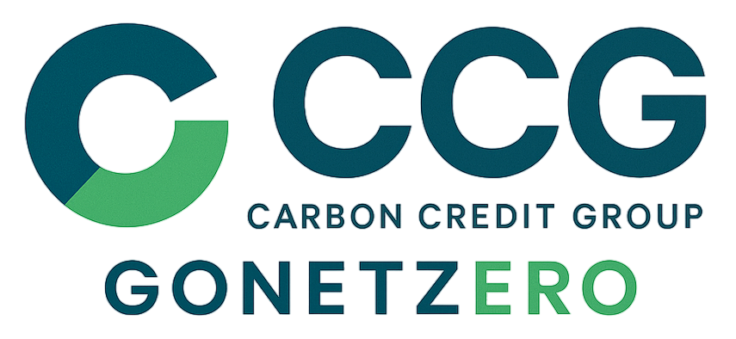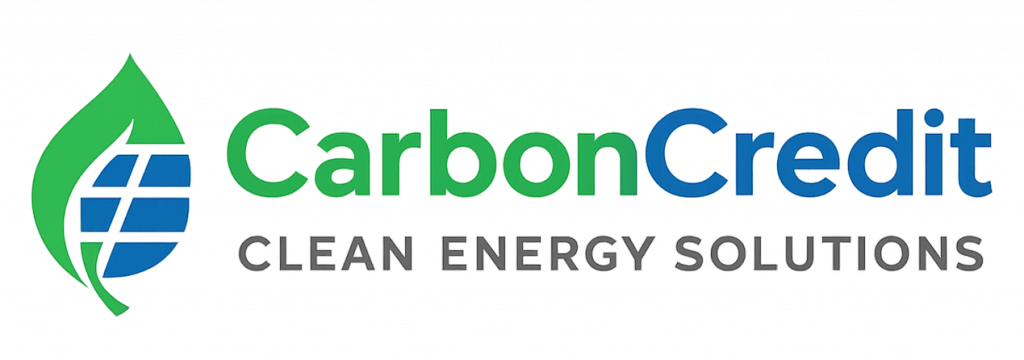Why Schools Are Adopting Solar
Across the country, schools are embracing solar energy not just as a cost-saving solution, but as a powerful investment in the future. From public K–12 districts to private academies and universities, education leaders are discovering how solar power can reduce expenses, promote sustainability, and create learning opportunities—all at once.
As budgets tighten and environmental awareness grows, going solar has become one of the smartest moves a school can make.
Benefits for Schools
Installing solar isn’t just good for the planet—it’s good for the bottom line. Here’s how schools benefit from clean energy:
- Cost savings: Solar can cut electricity bills by 50% or more, freeing up funds for teachers, tech, and student programs.
- Energy independence: With on-site generation, schools are less vulnerable to utility rate hikes and outages.
- Environmental leadership: Solar boosts a school’s green image and sets an example for the community.
- Long-term value: Solar systems often pay for themselves in under 10 years and provide 25+ years of clean power.
Whether urban or rural, large or small, schools are discovering that solar energy delivers measurable financial and environmental returns.
Solar Powering Classrooms and Campuses
Modern solar systems can power everything from classroom lighting and HVAC to administrative offices, cafeterias, and athletic facilities. Rooftop panels, parking canopies, and ground-mounted arrays are all viable options depending on the school’s layout and energy needs.
Better yet, many systems include real-time monitoring tools that allow staff and students to see exactly how much energy is being produced and saved—turning the campus into a living lab for sustainability.
Educational Opportunities: Turning Solar into Curriculum
One of the most exciting outcomes of going solar is what it offers in the classroom. Solar installations can be integrated into science, math, and environmental studies curricula. Students learn about renewable energy, data analysis, and climate solutions using their own campus as a case study.
It’s an incredible way to connect theory to practice—helping students understand the real-world benefits of clean energy while inspiring the next generation of climate leaders.
Case Study: A School’s Solar Success
Location: Suburban High School, Colorado
In 2022, this forward-thinking high school partnered with a solar provider to install a 300 kW rooftop solar array. The system now provides nearly 75% of the school’s electricity needs. In the first year alone, it:
- Saved over $60,000 in energy costs
- Offset more than 400 metric tons of CO₂
- Was incorporated into STEM curriculum and student-led sustainability projects
The project gained local media attention, boosted enrollment interest, and became a cornerstone of the school’s long-term sustainability plan.
Funding & Cost Models Available for Schools
One of the biggest myths about solar is that it’s too expensive. In reality, many schools go solar with no upfront cost thanks to innovative funding models, including:
- Power Purchase Agreements (PPAs): The solar provider installs and maintains the system; the school buys the energy at a fixed rate—usually lower than the utility.
- Grants and incentives: Federal and state programs offer substantial support, especially for public institutions.
- Bond financing and capital campaigns: Districts can leverage long-term financing to pay for solar over time.
With the right strategy, solar becomes accessible to schools of all sizes and budgets.
Challenges and Solutions
Like any facility upgrade, solar comes with considerations. Common concerns include maintenance, system performance, and scaling across multiple campuses. Here’s how schools are addressing them:
- Maintenance: Today’s solar systems are low-maintenance, with most providers offering performance guarantees and service contracts.
- Scalability: District-wide projects can be phased, allowing for flexibility and budget alignment.
- Technical complexity: Trusted solar partners provide turnkey solutions—from design and permitting to installation and monitoring.
These challenges are real, but solvable—with the right partner and plan.
Conclusion: Solar as a Learning and Sustainability Tool
For schools, solar power is more than just an energy solution—it’s a teaching tool, a cost-saving strategy, and a statement of values. By investing in clean energy, schools not only reduce their environmental footprint but also empower students with the knowledge and inspiration to lead a more sustainable world.
In classrooms powered by the sun, the future looks brighter—literally and figuratively.

